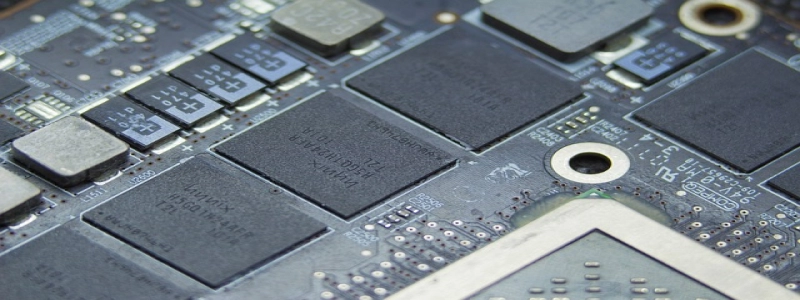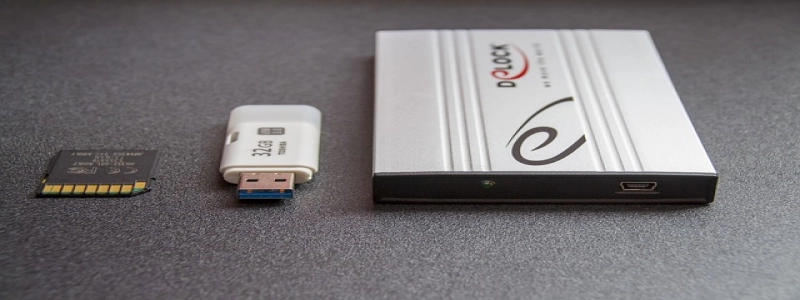Installing Ethernet Cable in House
Introduction
Ethernet cables are crucial for setting up a reliable and high-speed wired network in your house. Whether you want to connect your computers, gaming consoles, smart TVs or any other devices, installing ethernet cables in your house can provide you with a fast and stable internet connection. This article will guide you through the process of installing ethernet cables in your house in a step-by-step manner.
I. Planning and Preparation
Before you start installing ethernet cables in your house, it is essential to plan and prepare for the installation process. Here are a few things you should consider:
1. Determine the locations: Identify the areas where you want to install ethernet connections. These may include your home office, living room, bedrooms, or any other areas where you frequently use the internet.
2. Measure the cable length: Measure the distance between the locations where you want to install ethernet connections. This will help you determine the length of the ethernet cables you need to purchase.
3. Purchase the required materials: Based on your measurements, buy the necessary materials such as ethernet cables, connectors, a cable tester, cable ties, and wall plates.
II. Installation Process
Once you have completed the planning and preparation phase, you can start the installation process. Follow these steps for a successful installation:
1. Map the route: Determine the route the ethernet cables will follow from the modem or router to the desired locations. Consider the shortest and most efficient path, taking into account any obstacles such as walls or furniture.
2. Remove baseboards or crown moldings: If necessary, remove the baseboards or crown moldings along the route to hide the ethernet cables.
3. Drill holes: Use a power drill to create small holes behind the wall, in the floor, or in the ceiling, depending on the route you have mapped. Ensure the holes are large enough to fit the ethernet cables.
4. Run the cables: Thread the ethernet cables through the holes, making sure they are not twisted or kinked. Use cable ties to secure the cables to the walls or ceilings.
5. Terminate the cables: At each desired location, terminate the ethernet cables by attaching connectors. Follow the instructions provided with the connectors, ensuring proper alignment and connection.
6. Test the connections: Once all the cables are installed and terminated, use a cable tester to verify the connections and ensure they are working correctly.
III. Finishing Touches
After completing the installation process, here are a few finishing touches you can consider:
1. Install wall plates: Use wall plates to cover the holes where the ethernet cables terminate. This will provide a neat and professional-looking finish.
2. Organize cables: Use cable management solutions such as cable clips or cable conduits to keep the ethernet cables organized and prevent them from becoming tangled.
3. Label the cables: To easily identify the ethernet cables in the future, label them according to the rooms or devices they are connected to.
Conclusion
Installing ethernet cables in your house allows for a reliable and high-speed wired network. By following the step-by-step process outlined in this article, you can successfully install ethernet cables and enjoy a fast and stable internet connection throughout your home. Remember to plan and prepare beforehand, follow proper installation techniques, and add finishing touches to ensure a professional-looking setup.







